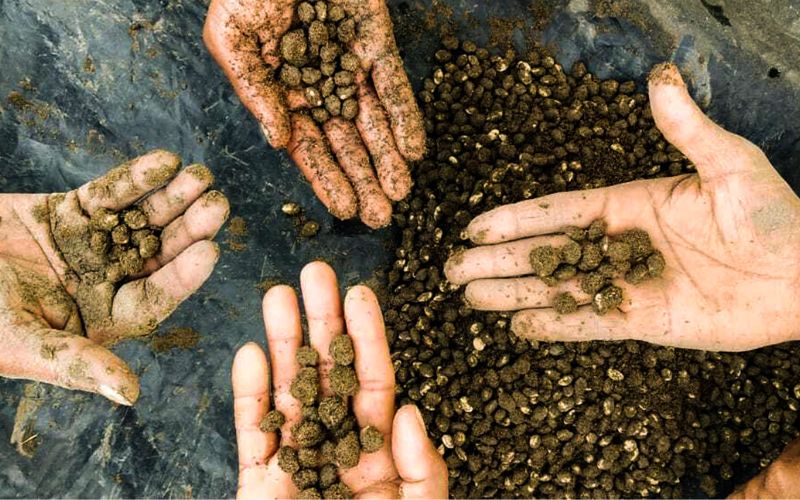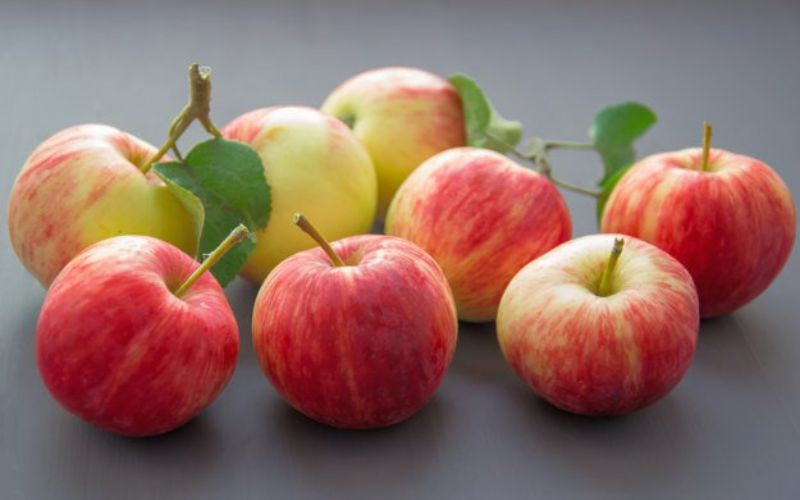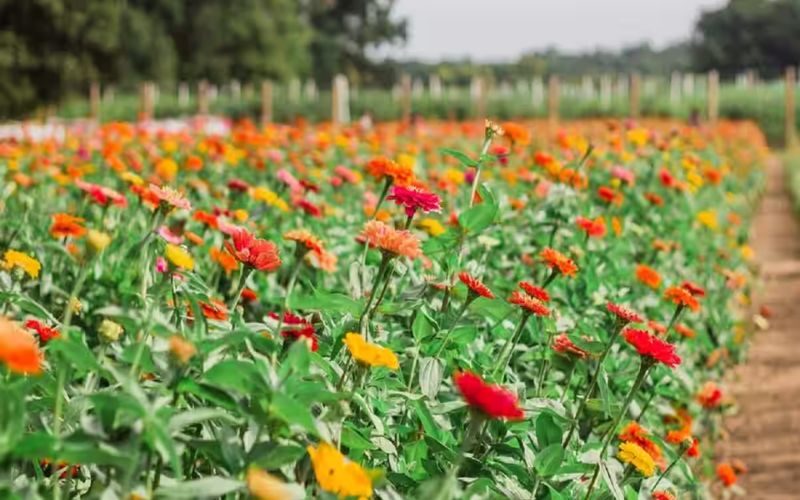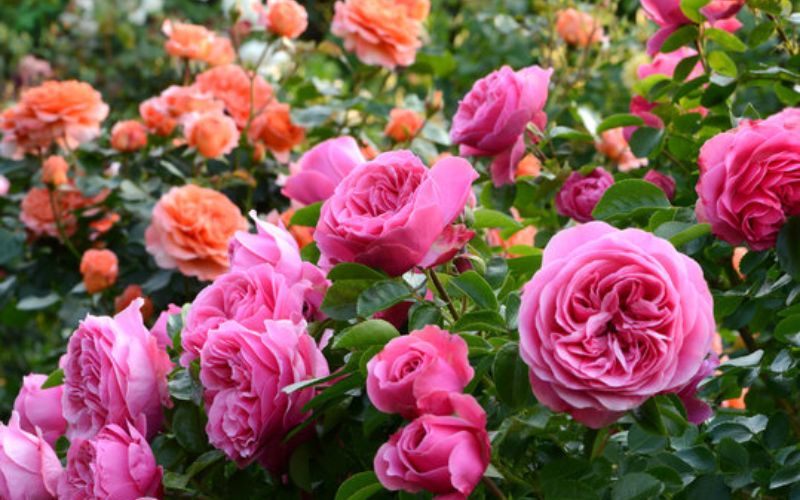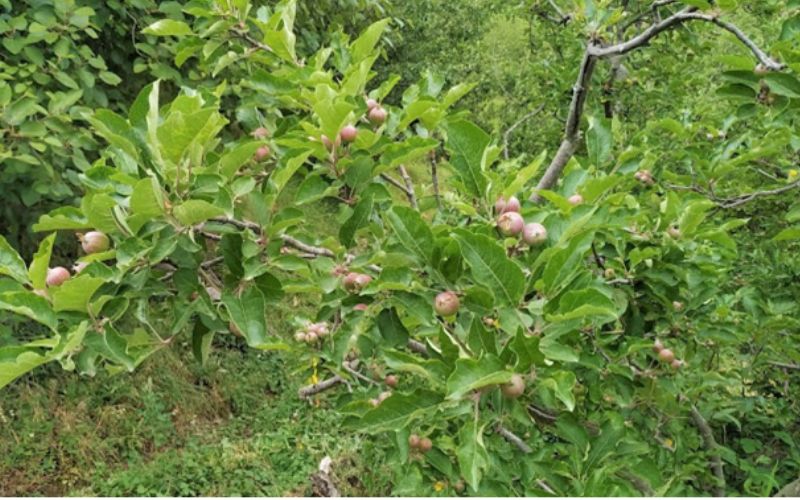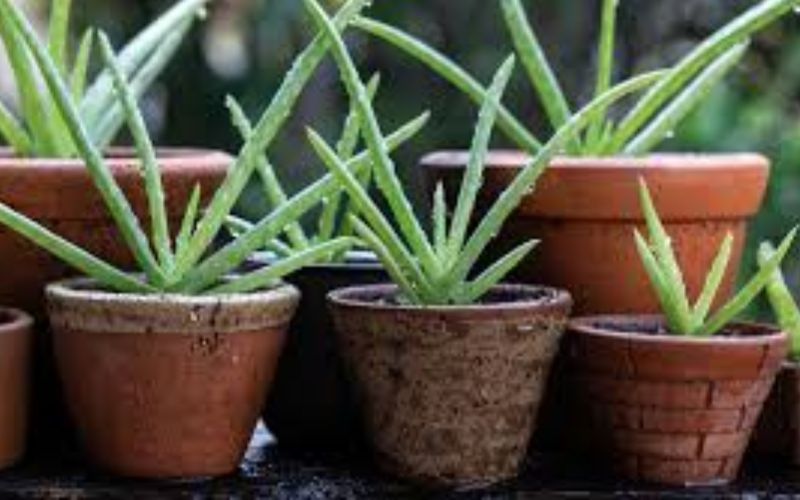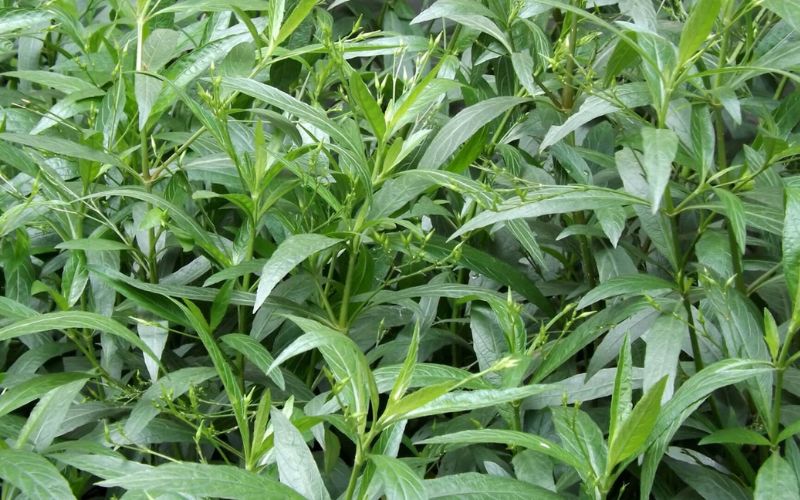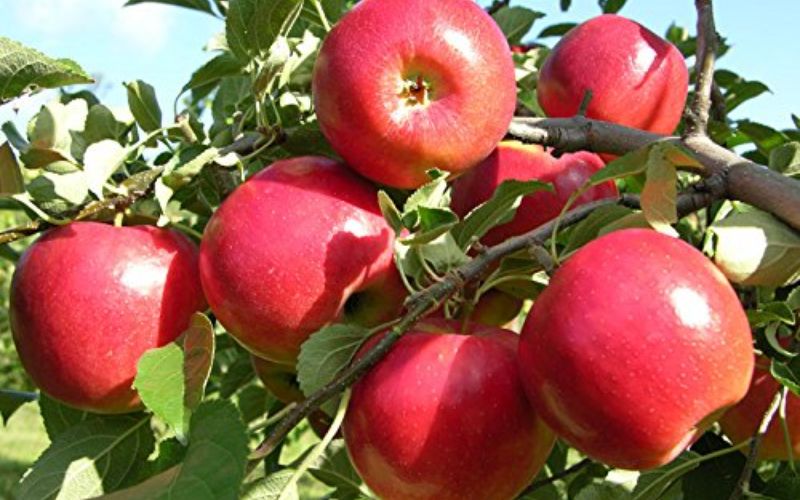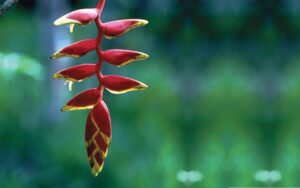Liatris
Introduction
Liatris is a member of the Asteraceae family. Only fluffy disc florets, which are said to resemble blazing stars, are present in the individual flowers of liatris blooms instead of the usual daisy flower’s ray florets. It has approximately 40 species native from Canada to Mexico and from the Atlantic Ocean to the Rocky Mountains. Commonly it is known as ‘Blazing star’, ‘Prairie star’ and ‘Gayfeather’. They are perennial herbaceous plants with grass like basal leaves and crowded flower spikes of rose purple or white disc florets. Plant height is 2-4 feet and spread about 15-18 inches but varies by cultivars. The non-daisy like flowers have the distinction of opening from the top of the spike downward. This trait allows for the removal of only spent blossoms, prolonging effectiveness in the garden or as a cut flower. Blazing stars are excellent plants for the perennial boarder, meadow and wild garden and for cut flowers. The flower colours varies from purple, lavender, pink and white. Their strong vertical flower spikes provide an architectural element to formal and informal gardens. It is drought tolerance and also thrive in poor clay soils. It requires minimal maintenance. It is grown in Europe for the cut flower industry, and in fact many Americans’ first awareness of it is often in a florist’s bouquet. No matter how liatris reached the marketplace, their unique beauty and durability will ensure that they are no longer overlooked.
Best uses in garden
In flower beds, containers, cutting gardens, and naturalised settings, liatris create a towering, striking statement. These plants, a useful addition to perennial gardens, are equally at home in meadows and naturalised regions and offer a dependable vertical contrast to mounded or broad-leaved perennials like hostas. The purple blossoms contrast wonderfully with any plants with orange or yellow flowers, such as black eyed susans (Rudbeckia hirta), coreopsis, daylilies (Hamerocallis), or marigolds (Tagetes). It combines with other purple and fiery red hues from plants like gladiolus, osteospermum, pelargonium, and verbena for a sweeping display of colour. The graceful, wand-like blooms come into bloom in amethyst, pink, or white hues. They must be planted in the cutting garden since they look beautiful and survive a long time in summer flower arrangements. With other perennials like coneflowers, bee balm, shasta daisies, goldenrod, and grasses, blazing stars are excellent plants for enticing birds, butterflies, and bees. Additionally, L. spicata has the presence to stand out as a specimen plant and works best in expansive stands and drifts. Because it is a native species, blazing star can survive in meadows or other naturalised environments among other wildflowers. The flowers are attracted to a variety of butterflies and are at home in the butterfly garden since they are rich in nectar and pollen. They complement ornamental sedges and grasses beautifully. Additionally, they blend beautifully in informal gardens with other summertime favorites like coneflower, blanket flower (Gaillardia), and butterfly weed (Asclepias tuberosa). Likewise, dried liatris lend beauty to arrangements of dried flowers. When the flowers are about 1/2 to 2/3 of the way bloomed, harvest the stems for drying. For three to four weeks, hang upside down in a cool, dry spot. Or, to dry and preserve flowers, use a desiccant like silica gel.
Species
On the Federal Endangered Species list, three species are included. Garden plants are grown from at least 13 species and a number of hybrids. L. aspera, L. pycnostachya, and L. spicata are the three main species that are cultivated the most frequently.
aspera (rough blazing star) is native from southwestern Ontario to Minnesota and South to Florida and Texas, where it inhabits dry, sandy fields, dunes, abandoned roads and railroad embankments. The purple flowers are produced in August on stem anywhere from 15 inches to 3 ½ feet tall. Because of its height, the plant may require staking. Blooms later than most other liatris species and is distinguished from other species by its rough-looking appearance.
pycnostachya (prairie blazing star, Kansas gayfeather or button snakeroot) naturally occurs from Indian to South Dakota and South Florida, Louisiana and Texas. There it typically inhabits damp meadows and tall grass prairie. In August and September, it produces purple, rose-purple or white flowers. Flowers spikes are 2 to 5 feet tall. This species is not easy to distinguished from L. spicata.
punctata (Dotted blazing star) derived its name from the tiny dots on the leaves of this species. This is also known as button snakeroot and some Native Americans called it crow root, because crows were observed eating the roots in the fall. This liatris species is native throughout Kansas and produces a tap root reaching a depth of 15 feet, making it extremely drought-resistant. The Kiowa Indians bake the roots over a fire and eat them; while the Blackfoot Indians boils the roots and will apply it to swellings or ingest it to alleviate stomach ailments.
spicata is a more eastern species that can be found in marshy areas and wet meadows from Long Island to Michigan, south to Florida and Louisiana. The plant blooms on spikes that are 2 to 5 feet tall from July to September.
Varieties
‘Blazing Stars Mix’ is a combination of deep blue-purple and white blooms with purple and white flower heads that are closely packed together. This striking combination blooms from mid-summer through fall and is hardy in zones 3–10. It reaches 24–36 inches tall.
‘Alba’ features 18-inch-tall pure white flowers.
‘Callilepsis’ makes long stems, making it a suitable option for cut flowers.
‘Floristan Violett’ is a robust cultivar that professional florists choose because of its dense, violet-hued flower spikes that emerge in the early summer. This heat- and humidity-resistant variety, which is hardy in zones 3 through 9, shines in the summer garden.
‘Kobold’ is a preferred option due to its compact form. This variety grows 18 to 36 inches tall and is hardy in zones 3-9, handling heat and humidity with ease.
‘September Glory’ has spikes of purple flowers that are 4 feet long that bloom in August to September.
Soil and climate
The hardy blazing star plant survives naturally in the harsh pasture lands. However, until a robust root system is created, young seedlings should get weekly irrigation in dry weather. The majority of cultivars favor lean-to medium fertility soil, full sun or some moderate shade, and well-drained conditions. The plant thrives in 5.6 to 7.5 pH acidic to neutral soil. A must-have is good drainage because wet conditions might lead to root rot. If the soil doesn’t drain adequately, heavy clay can lead to root rot, especially during the winter. To help young plants establish themselves, plant in the chilly springtime. One of the most desired characteristics of blazing star is its ability to withstand droughts owing to its water-retentive corms and tuberous roots.
Planting
Raised beds are typically used to grow liatris in order to enhance soil drainage. It is ideal to pasteurize the soil before planting. Corms are buried around 2.5 cm below the surface of the soil. There are many spacing suggestions, but eight, 8 to 10 cm corms are commonly planted per square foot. More corms per square foot can be planted if smaller corms are used. Liatris should have one or two levels of wire support to maintain straight stems and stop physical damage brought on by wind.
Propagation
Corm and tuberous root division, as well as seed, are all viable methods of propagation for blazing star.
By division
When the leaves first appear in the spring, dig out the clumps and lift them out with a spade. Expose the tuberous root mass by gently rinsing off the dirt. Cut the roots into portions with a clean, sharp knife, making sure that each section has roots and a developing bud or leaf. Any little bulbils or infant corms should be broken off. A fungicide, such as garden sulphur, should be sprinkled on the cut division. Plant tuberous roots in a starburst pattern 5 inches deep, with new sections 8 to 16 inches apart. Plant the bulbils 4 to 8 inches apart and 2-3 inches deep. Fill the planting hole with soil, then quickly water it until the top 6 inches are saturated. Cover with a thick 2-to 4-inch layer of dry mulch, such as hay or dry grass clippings, to keep weeds at bay and conserve moisture.
By seeds
Seeds can also be used to grow liatris. Less than a year is the viability period for seeds. Growing liatris from seed is simple, whether you use commercial seed that you buy or the small seeds you gather from the dried flower heads in the late autumn. For seeds to germinate, a period of 4 to 6 weeks of cold stratification is necessary. This can be accomplished by either planting the seeds directly in the garden in the fall or by storing them in the refrigerator prior to planting. Plant the seeds in starter trays or little pots filled with regular potting soil. Seeds should be sown at a depth of 14 inch. Wet the mixture, then plant the seeds in groups of three to five, barely covering them with more potting soil. Place the containers in a location that receives morning sunlight and has nights that are warm enough to reach 50 °F. Until the seeds sprout, which typically takes 2-4 weeks, keep the potting soil moist. When it comes time to transplant the seedlings, keep them wet as they grow in a sunny position. Before transplanting seedlings in the garden, they should be hardened off. Young seedlings may have animal and bird protection. Liatris typically does not bloom when started from seed until the second year.
Watering
The corms should be given plenty of water after planting. Until stalks sprout, the corms do not require any extra irrigation. One inch of water per week during the hottest month will stop stunted flowers and leaf scorch when the plants start their active growth. To prevent the spread of fungi, moisten the roots of the plants or utilize drip irrigation. In their first year, plants require more water, but after that, they are quite tolerant of drought and dry soil.
Fertilizer
Although liatris doesn’t require much nutrition, you can add a balanced flower fertilizer each spring as the plant’s active growth starts if the soil fertility is low. However, liatris typically did well with no feeding at all in the majority of decent soils.
Pruning and maintenance
After drying and changing colours to various shades of golden, brown, and orange, foliage and stems can be cleaned up whenever. They can, however, be kept in place until spring cleanup that give a charming accent to the fall and winter garden. Remove any vegetative debris in the early spring and side dress established clumps by incorporating organic material, such as mature compost, humus, or manure.
Harvesting
Liatris flowers are widely used in cut flower arrangements because they add texture and vertical appeal to simple vase arrangements and summer weeding bouquets. The stalks should be cut when the top flowers are just starting to open but before the bottom flowers have fully open. In the vase, this stalk will continue to open completely over the period of a few weeks. If inflorescences are going to be sold right away, they should be harvested when the top inch or two of flowers have opened; if they’re going to be stored or carried a long way, they should be picked when the top quarter inch or less of flowers have opened. It is also possible to harvest liatris before the flowers have opened, when the buds have begun to bud.
Harvest the flowers at the height of blossoming, remove the stems and leaves, and hang the flowers upside down in a dry area. Crafters might like adding dried liatris to their wreaths and garlands.
Post harvest handling
The blooms are opened by soaking them in a solution containing 50 g/l sucrose and 1000 mg/l 8-hydroxyquinoline citrate. After harvesting, stems need to be chilled to a temperature of 2 to 4 °C in water. It has been proven that keeping inflorescences submerged in a solution of 2.5 to 5.0 percent sucrose enhances the number of flowers that bloom on a spike after harvesting and considerably lengthens the vase life of cut liatris.
Grading
The harvest season may be extended by 2 to 4 weeks because not all liatris inflorescences in a planting mature at the same time. There are various standards that can be used to grade it. The most popular U.S. grading system states that utility grade liatris have a short stem of 18 to 21 inches, fancy grade have a stem length of 22 to 25 inches, and superior grade have a stem length of 26 to 30 inches.
Pest and diseases
The larvae of numerous species of flower moths, including the rare magnificent flower moth (Schinia gloriosa) and the bleeding flower moth (S. sanguinea), use L. spicata as a food source, though insect issues are uncommon. These two only consume plants in the Liatris genus as food. Infestations are typically not a concern because larvae can be manually removed or exterminated with a powerful hose spray. Some fungal diseases, such as leaf spot and powdery mildew, can affect blazing star. Eliminate any diseased leaves, cut back on watering, and let the top 2 inches of soil dry out. If required, divide and reorganize. When plants are spaced properly, they receive enough sunlight and airflow, which reduces the likelihood of fungus problems.


